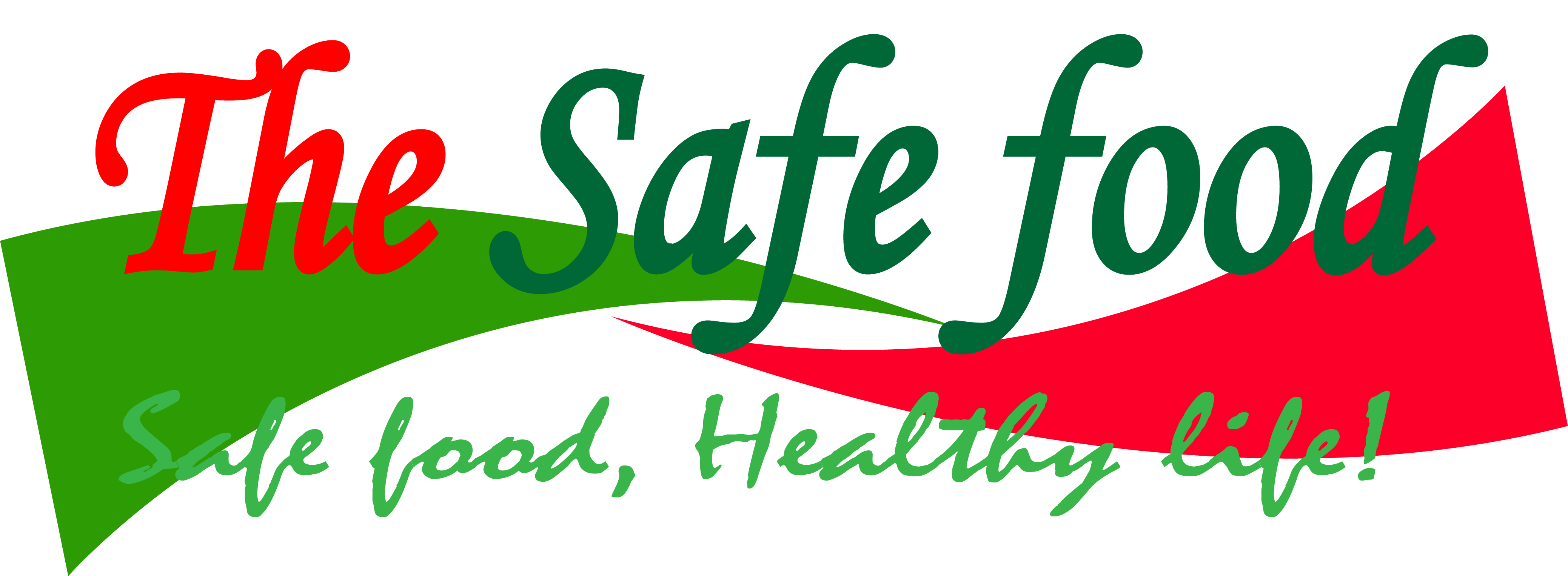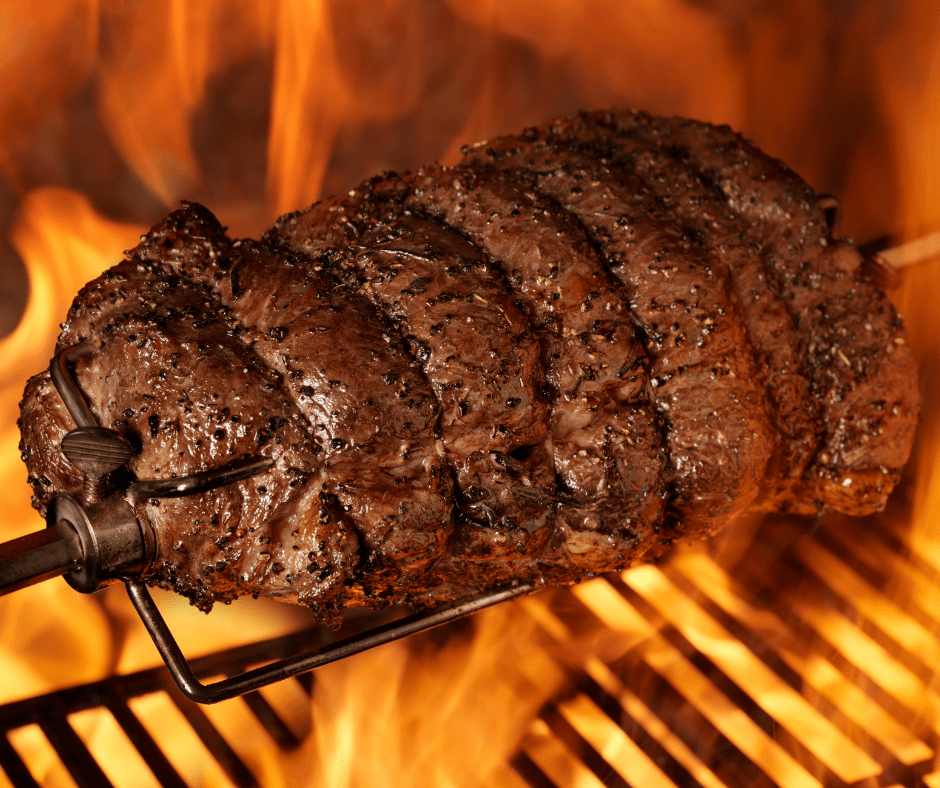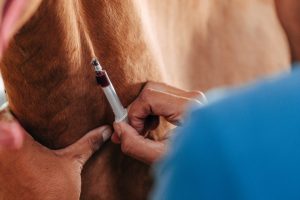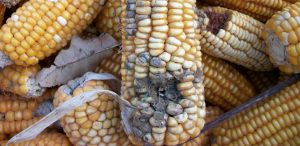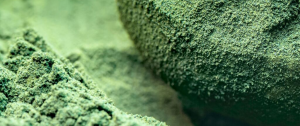What is roasting
Roasting is one of the oldest methods of cooking food. Many food are roasted including coffee and meat. Roasting is a heat treatment in which food is directly exposed to dry heat. Unlike other cooking methods such as boiling where food is cooked wile submerged in a liquid, roasting utilizes dry heat. This method may therefore result in high levels of heat being exposed to the food at any given time.
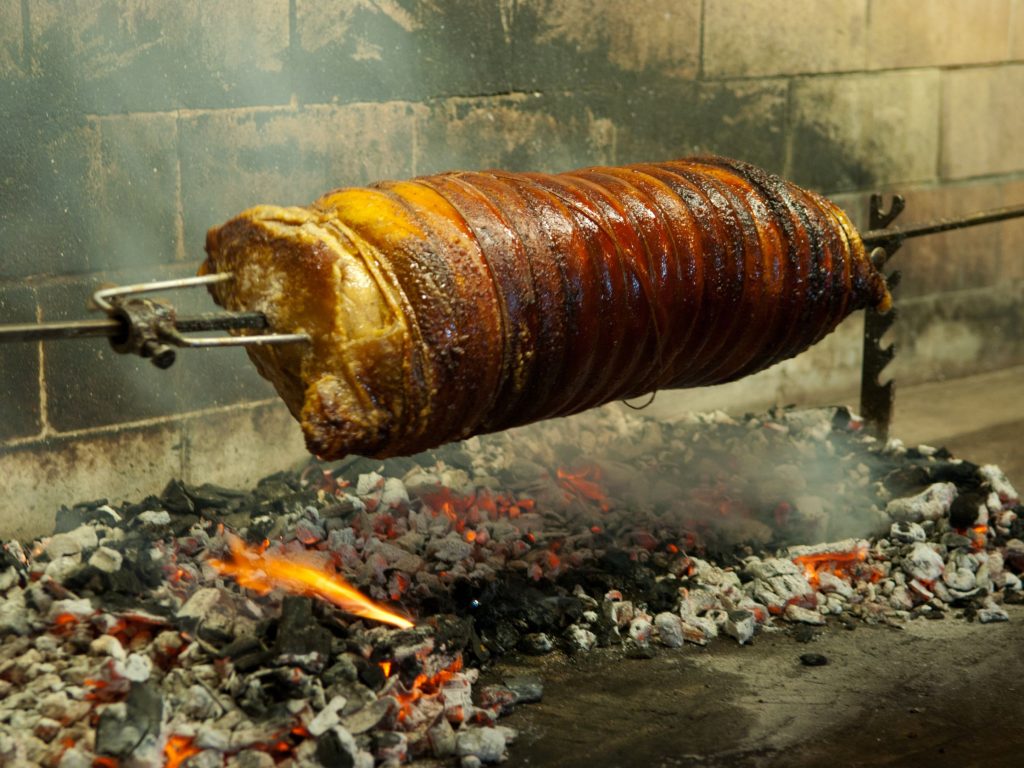
Food safety hazards caused by roasting
Safety issues may originate from chemical modifications of the products during heating or from the smoke that is produced while roasting food. Two cancer causing agents may be formed when roasting food especially meat at high temperatures. These are heterocyclic amine (HCAs) and polycyclic aromatic hydrocarbons (PAHs).
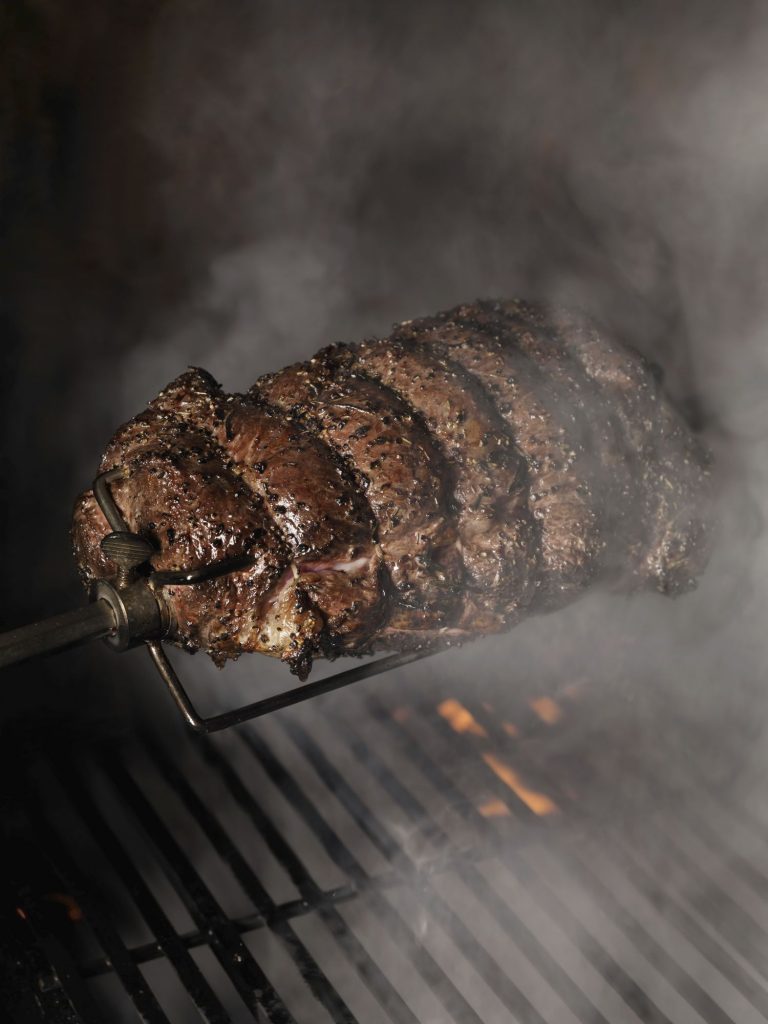
Polycyclic Aromatic Hydrocarbons
A large number of PAHs have been identified as pyrolysis products of foods. All three macronutrient categories have been implicated in the formation of PAHs, which proceeds largely by similar mechanisms in all three categories.
PAHs most likely to pose human health problems are
- benzo(a)pyrene (3,4-benzpyrene, BP) and
- 7,12-dimethylbenzanthrene (DMBA),
Although most PAHs, particularly the low-molecular-weight compounds, are noncarcinogenic, both PAHs and many other similar compounds are potent carcinogens that are active after metabolic conversion to electrophilic epoxide derivatives.
Benzo(a)pyrene has been identified in the charred crusts of biscuits and bread, broiled and barbecued meats (up to 200 ppb in charcoal-broiled meats), broiled fish, and roasted coffee.
Broiled high-fat hamburger contains about 43 ppb of PAHs, whereas lean beef may have only 3 ppb of PAHs. Steaks cooked close to the charcoal to be well done can produce PAHs.
Common PAHs Found in the Environment
- Acenaphthene dibenzo(a,h)anthracene
- Anthracene fluoranthene
- Benzo(a)anthracene fluorene
- Benzo(a)pyrene indo(1,2,3-cd)pyrene
- Benzo(b)fluoranthene naphthalene
- Benzo(k)fluorathene phenanthrene
- Chrysene pyrene up to 50 ppb of benzo(a)pyrene.
Hetrocyclic Amines (HCAs)
HCAs are produced by food pyrolysis products derived from tryptophan, glutamic acid, phenylalanine, and lysine. Also, pyrolysis products of carbolines, quinolines, and quinoxalines are implicated as important HCAs.
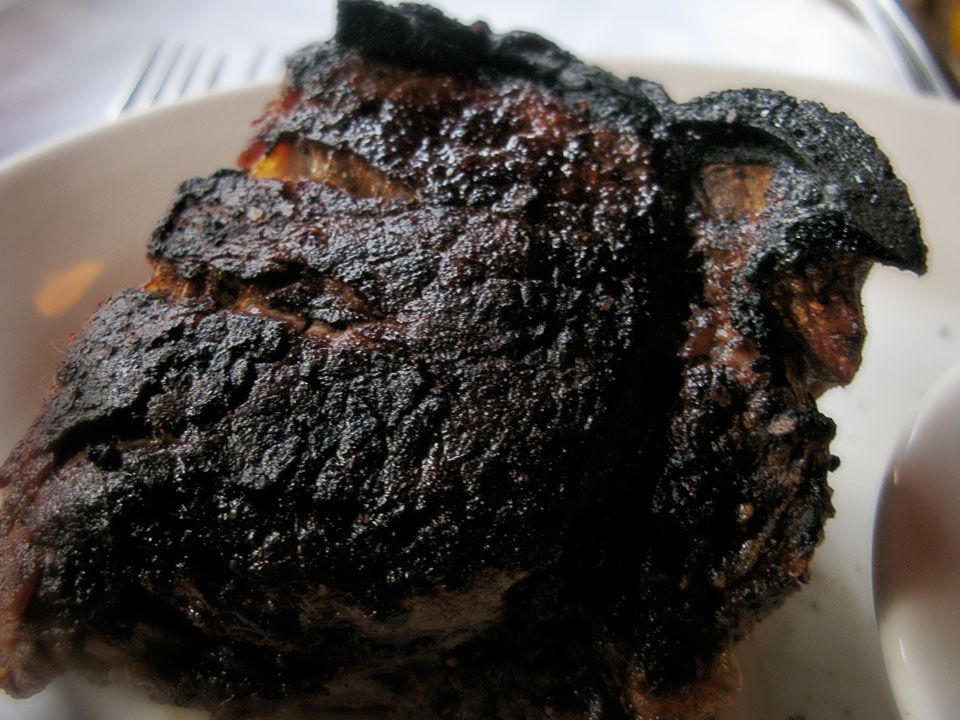
Scientists found that extracts of charred surfaces of the meats and fish were quantitatively more mutagenic than could be accounted for by the presence of PAHs alone. These findings were confirmed and extended by others who showed similar mutagen contents produced under common household cooking conditions such as frying beef.
Such substances are formed as a result of reactions involving proteins, amino acids, or other nitrogen-containing food constituents or proteinaceous foods. Very high temperatures of above 500 degrees C are involved, resulting in incomplete combustion of the meat, especially the levels of creatine, or the cyclized form of creatinine, and carbohydrates
Four factors influence HCA formation: type of food, cooking method, temperature, and time. HCAs are found in cooked muscle meats; other sources of protein (milk, eggs, tofu, and organ meats such as liver) have very little or no HCA content naturally or when cooked.
